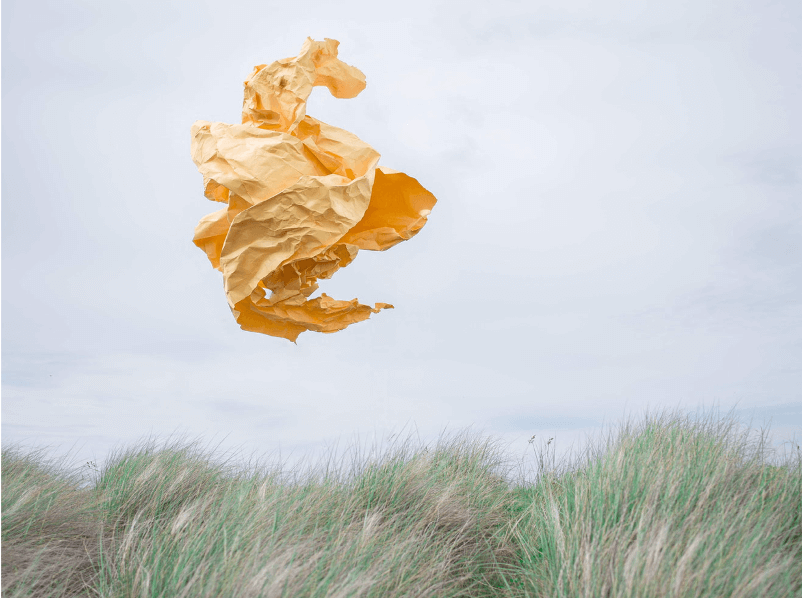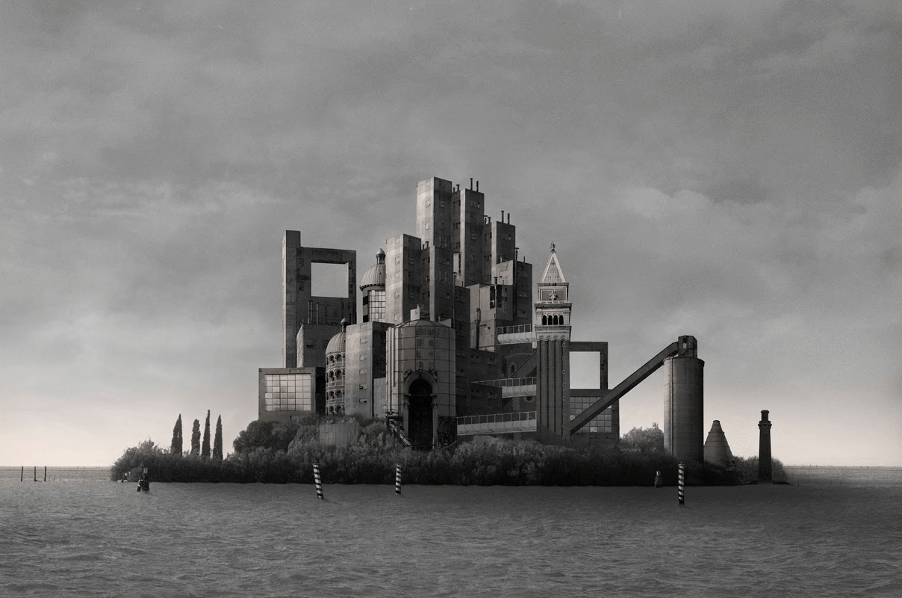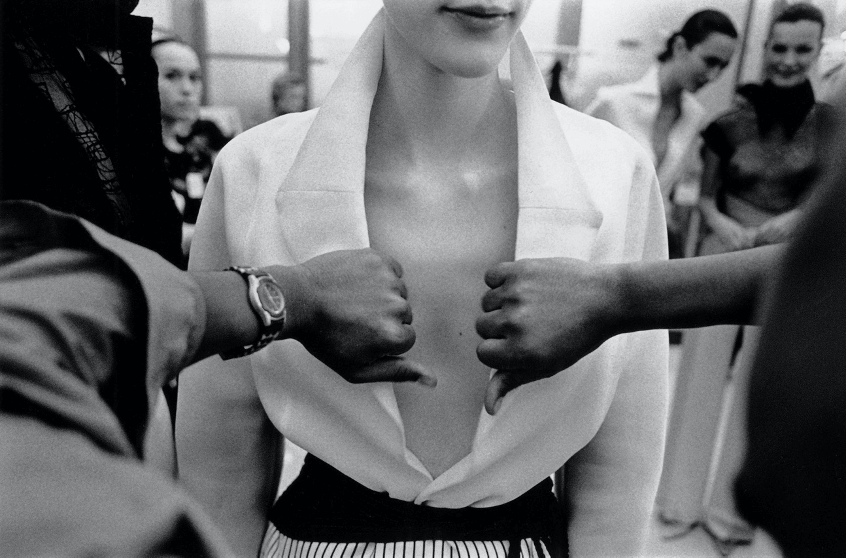Contemporary art refers to the diversified forms of visual art (painting, sculpture, photography, installation, performance, and video art) produced today. This originated approximately in the late 1960s, a period that is also considered as the end of modern art. Through diverse media, techniques and materials, contemporary artists explore ideas, concepts, questions and practices of the past to understand the present and envision the future. It is about experimentation and questioning, where everything can be turned into art.
Contemporary art more specifically comprises several art movements, amongst which are:
POP ART
“Pop” comes from “popular”. It is a movement of artists that emerged in the UK and US in the early 1960s, challenging and questioning the tradition of art. The term “pop art” appeared in 1962, at the occasion of a POP ART SYMPOSIUM at the MOMA (Museum of Modern art) in NYC. POP artists borrow ideas and images from mainstream culture and daily use, then transform it into art, transmuting what was considered to be banal and kitsch into an aesthetic piece appealing to the public. The use of bright colors in the pursuit of aesthetics has contributed largely to its appeal.
Richard Hamilton and David Hockney in the UK, and Andy Warhol and Roy Lichtenstein in the US are the most famous artists and initiators of the movement. While UK artists were using more of their interior living spaces in their art (living room, kitchen), the US artists were using icons and products (Marilyn, Mickey).
In the 1980s, the pop art scene saw an evolution with the Neo-Pop Art movement; the most famous artists are Jeff Koons (unique sculptures of animals) and Keith Haring (graffiti and cartoons).

CONCEPTUALISM
Conceptualism is the representation of a concept or an idea. Famous artists of this movement are Damien Hirst and Ai Weiwei.
MINIMALISM
Minimalism focuses on the most essential and elemental aspects of an object and not so much on the personal expression of the artist. It is defined by 3 words: simple, abstract, aesthetic.
Check out the artwork by Enrico Castellani.
PHOTOREALISM
This is a hyperrealistic movement whereby the artist studies a photograph and attempts to reproduce the image as realistically as possible in another medium.
Chuck Close is a famous artist of this movement.
PERFORMANCE ART
This serves not only as entertainment but has the goal of conveying a message.
Marina Abramović and Yoko Ono are notable artists.
EARTH ART
Also called Land art or Earthworks, this art movement emerged in the 1960s. It involves creating art directly on landscapes, either sculpting it or using natural materials such as rocks and twigs to make structures on the landscape.
Robert Smithson, Christo and Jeanne-Claude, Andy Goldsworthy are noteworthy artists in this art form.
STREET ART
This art movement appeared in the late 1980s with the rise of different techniques such as graffiti, murals installations, stencilled images, and stickers erected in public spaces.
We have the best examples from Jean-Michel Basquiat, Keith Haring, Banksy, Shepard Fairey, JR.

PHOTOGRAPHY
In 1839, the first two commercially practical photographic processes were invented: Louis-Jacques-Mandé Daguerre’s daguerreotype, and William Henry Fox Talbot’s negative-positive process. Photography was used for portraits and souvenirs only. It was considered as a machine, made to automate pictures with no artistic value and a device that would destroy high-quality art.
However, photography turned out to be one of the major catalysts of the modern art movement. It even reinvigorated the world of painting, as artists were both inspired by photographic images and pushed beyond realism. Photography was used to explore different visual styles and opened enormous creative opportunities for art and culture; it did not replace artists but, instead, empowered them.
It is in the 1980s that photographic prints became a recognized medium of contemporary art. Photography is nowadays a hugely accessible medium and one where prices are still—on the whole—reasonably affordable.
The main categories are:
Street Photography
It is associated primarily with Paris, and artists such as Henri Cartier-Bresson, Brassaï, and Willy Ronis.
It depicts a street scene of everyday living with at least one person shot at a decisive timing – in a split second. It is almost like a visual game, whereby the conjunction of 2 elements enter in resonance and create the magic and the mystery.
Documentary Photography
Similar in style to street photography, but not necessarily in the street. The intention of a documentary photographer is to use the camera to expose social injustices or stories in a planned and carefully considered aesthetic composition. We can find, as part of documentary photography, war photography, anthropologic photography, photojournalism, and more.
Photojournalism
This type of photography is duty-bound to inform the public of reality and is usually accompanied by text to illustrate the image. Shot in a decisive instant, it relies less on the composition. Only a few photojournalists are artists.
Straight photography
This is pure photography that reproduces the image as per reality. Paul Strand is considered as the father of this movement.
Fashion Photography
Related mostly to haute-couture, fashion photography is “a most fantastic barometer of our time” according to art historian Eugenie Shinkle. Man Ray, Irving Penn, and Richard Avedon are all famous fashion photographers.
Plastic Photography
Plastic Photography (photographie plasticienne) is an artistic photography style used in aesthetic and conceptual creations.
Formalist photographers such as the famous Mapplethorpe are interested in composition, colour, texture, balance and beauty, highlighting a message, more or less deeply as a result.



Clementine de Forton Gallery in Singapore is pleased to honour the evolving art forms and promote the works of both established and emerging artists in contemporary art.
Visit our online gallery to view our collection or get in touch. We’d love to hear your thoughts on all things art!
